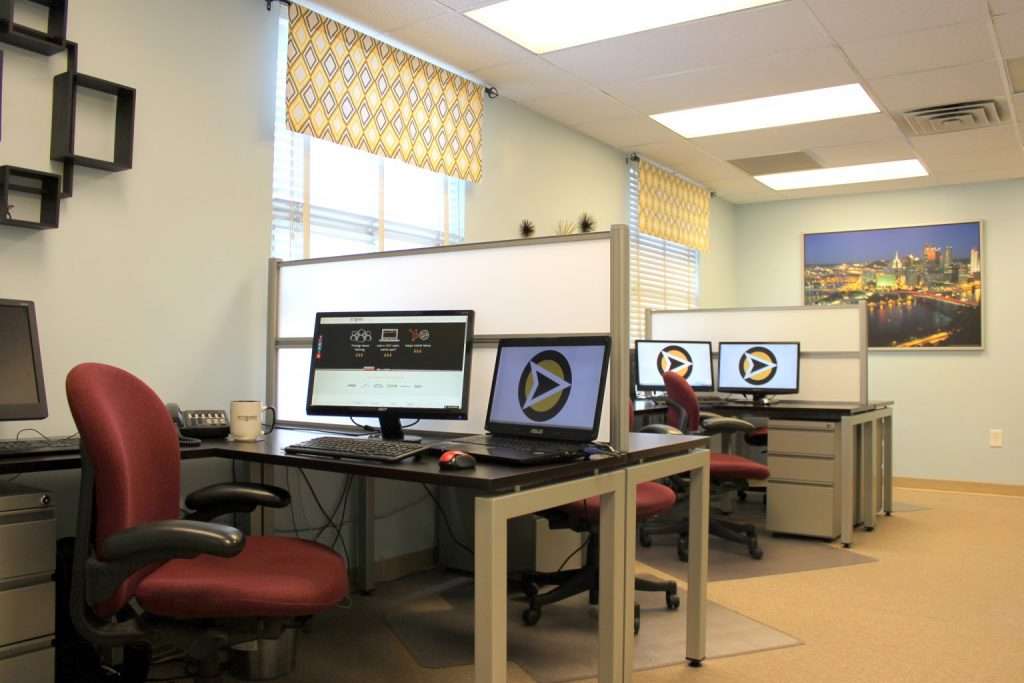
There are three primary components to minimize downtime of your company. If you implement all three, you’ll be able to make the shift smoothly. But here’s the catch: you can’t pick two out of three; this method demands synchronicity, which necessitates concentration on each of the three parts.
There’s no denying that moving your company will experience some downtime; the question is how to cut down on that time. Nowadays, “downtime” refers to the time spent away from buyers and distributors. Not the time spent moving furniture and hardware from point A to point B.
If there’s one thing you should take away from this, it’s that you’ll need one person in charge. And that single person’s major responsibility is to handle all of the move’s planning and logistics.
Establish a budget for the relocation and give your point person the authority to contact. Then, hire a professional office relocation provider. Here are a few such responsibilities that your internal caretaker should oversee.
Service providers–Everyone, from the paper delivery guy to the internet provider, needs to know about your transfer as quickly as possible, as well as any changes to their work scope. Make a schedule for when services in your current location will be terminated. Afterward, notify them when they will be available in the new one. If at all feasible, allow for a day or two of overlap to ensure that you are safeguarded if the actual relocation goes wrong.
When you have any upfit specifics, provide your point person a floor layout of the new place. Then, discuss it with the expert movers. This information not only aids in calculating prices (ground level vs. elevator, loading docks, and so on. ), but also allows the team to plan the move-in flow. A replica of the layout will assist the designers in placing desks, chairs, and other components in advance of the move. Reducing the actual loading in the region
Whatever you call it—IT Closet, Server Room, Corridor of Sadness and Confusion—the sooner you know where it is, the more equipped your IT team will be for running cabling and such. Setting this as soon as possible can help minimize downtime of your company.
If you’re moving your office, you’re probably looking for the most up-to-date technology. If you haven’t changed your systems in a while, you might be surprised. The large room you needed for all of your old equipment has reduced to a tiny space for IT equipment.
It’s also a good opportunity to assess your technology accessories—the gear that protects you in the event that something goes wrong. Power backups, surge suppressors, fire extinguishers, and HVAC systems are all examples of this.

If you’re using the cloud and your employees can work remotely during the transition, you might be able to keep going without any online downtime. If this isn’t the case, make sure your moving wizard has each of these details nailed down.
When the new equipment arrives, your IT team must have all of the cabling and hookups for workstations, printers, and phones confirmed and ready to go. If you’re purchasing new equipment, make sure everything is set up. When the desks and chairs arrive, they can connect it in.
Your caretaker handles all internal details and gives details to the moving company and everyone needs to be kept informed. This frees up the rest of the personnel to focus on their actual task rather than worrying about where they’ll find the files. It may also boost morale to know that there will be one person in charge of pretty much everything, and they’ll know where to go to minimize downtime.




